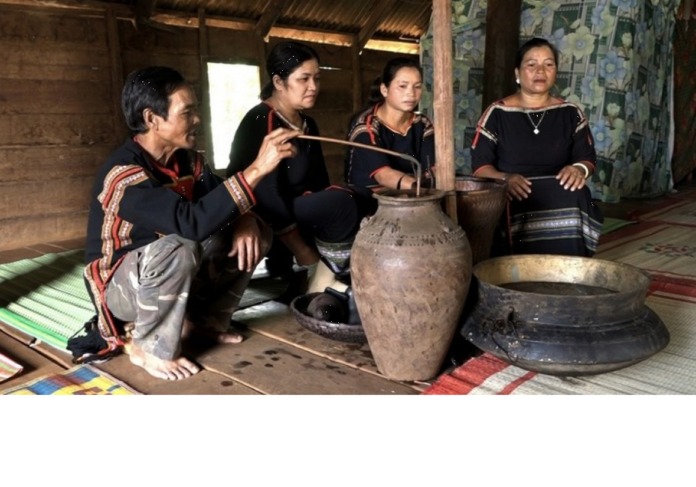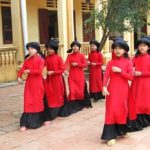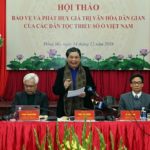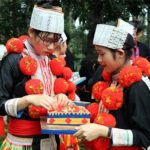Rhyming words play a significant role in epic narratives and in the worship prayers of the longevity, water, and new rice ceremonies among the Ede people. These rhymes are songs that encourage people to love their homeland, unite, and support each other. They also serve as metaphorical expressions of love.
Singing rhyming words is a common practice in the daily life and cultural activities of the Ede. It can be found in various forms of folklore, fairy tales, prayers to gods, customs and traditions, riddles, storytelling, and singing genres such as “kôt” and “eirei”.
Linh Nga Nie Kdam, a researcher of Central Highlands folklore, explains, “In the past, the Ede people used customary law to judge people’s sins. Ede customary law is comprised of 2,000 rhythmical sentences. The kut and eirei folk singing genres are examples of rhythmical expressions.”
The Ede people use rhyming words when teaching children, engaging in worship rituals, or mourning the deceased. They do not necessarily require a formal performance space for this rhythmic speaking. They incorporate rhythm into their everyday activities, such as resting after farm work, collecting water, gathering with family or friends, or teaching children.
When engaging in rhythmic speaking, the Ede often use musical instruments to enhance the atmosphere. Depending on the mood, story, and context, the performer creates rhymes and humming sounds to facilitate understanding and memorization of the message.
Even individuals who are illiterate can participate in rhythmic speaking. H Nai Nie from Ea Tul commune in Dak Lak province shares, “I sing along to the pieces whenever I have time. I simply memorize them as I am unable to read or write. I teach these rhyming words to my relatives and anyone who wishes to learn.”
Rhyming word performers possess profound knowledge of the Ede culture and customs and are skilled in conveying concise lessons that have been accumulated by their predecessors over generations. These lessons can be related to nature, offering guidance on planting and harvesting based on weather patterns, or they can encompass social interactions, behaviors, customs, and habits.
Artist Y Dhin Niê from Ea Tul commune expresses, “I am particularly interested in the rhymes found in our ancestors’ folk songs and fairy tales. I have been taught by senior artisans, but I still have a desire to learn more. I want to preserve these rhymes and pass them on to my children and grandchildren.”
Ea Tul commune, located in Cu Mgar district of Dak Lak province, is considered the center of rhyming word singing with approximately 300 artisans.
A Mang, deputy head of the Culture and Information Office of Cu Mgar district, states, “The rhyming word speaking of the Ede people has been recognized as a national intangible cultural heritage by the Ministry of Culture, Sports, and Tourism. We are working to promote awareness and encourage the preservation of this heritage by passing it on to future generations.”
Decoration art in traditional costume of Red Dao people recognised as national heritage
NDO – The Tuyen Quang provincial Department of Culture, Sports and Tourism in coordination with Na Hang district’s authorities hosted a ceremony on October 12 to receive a certificate honouring the decoration art in traditional costumes of local Red Dao ethnic groups as a national intangible heritage.









